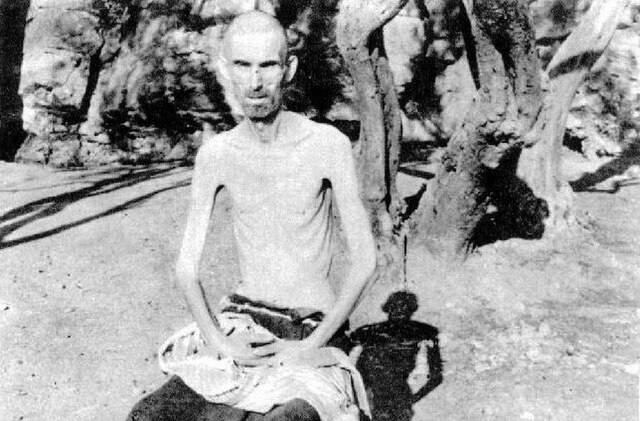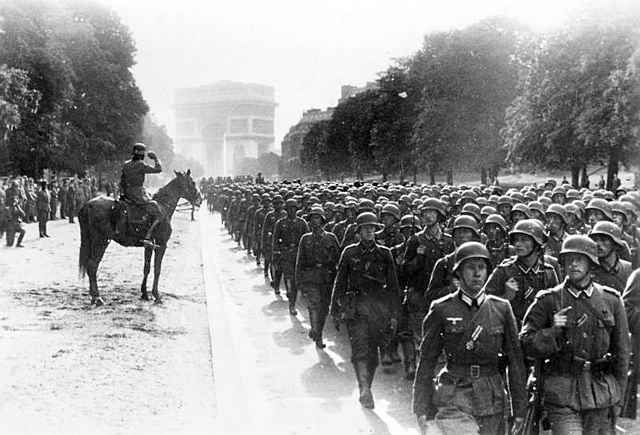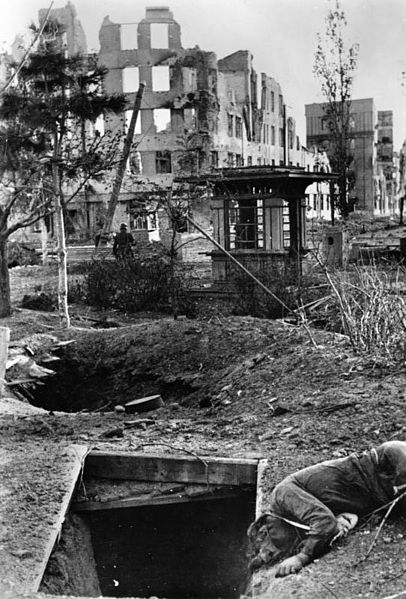Anti-Slavic sentiment, also called Slavophobia, refers to prejudice, collective hatred, and discrimination directed at the various Slavic peoples. Accompanying racism and xenophobia, the most common manifestation of anti-Slavic sentiment throughout history has been the assertion that Slavs are inferior to other peoples. This sentiment peaked during World War II, when Nazi Germany classified Slavs— especially the Poles, Russians, Belarussians and Ukrainians—as "subhumans" and planned to exterminate a large number of them through the Generalplan Ost and Hunger Plan. Slavophobia also emerged twice in the United States: the first time was during the Progressive Era, when immigrants from Eastern Europe were met with opposition from the dominant class of Western European–origin American citizens; and again during the Cold War, when the United States became locked in an intensive global rivalry with the Soviet Union.

An emaciated male inmate suffering from severe malnutrition in the Italian Rab concentration camp on the island of Rab in what is now Croatia. Most of the people who were detained in this camp were Slavs (primarily Croats and Slovenes).
Cover of the infamous SS brochure "Der Untermensch" published in 1942. 4 million copies of the propaganda pamphlet were printed by Nazi Germany and distributed across occupied territories. The racist booklet portrayed Slavs, Jews and various inhabitants of Eastern Europe as primitive people.
Nazi Germany, officially known as the German Reich and later the Greater German Reich, is a term used to describe the German state between 1933 and 1945, when Adolf Hitler and the Nazi Party controlled the country, transforming it into a totalitarian dictatorship. The Third Reich, meaning "Third Realm" or "Third Empire", referred to the Nazi claim that Nazi Germany was the successor to the earlier Holy Roman Empire (800–1806) and German Empire (1871–1918). The Third Reich, which the Nazis referred to as the Thousand-Year Reich, ended in May 1945, after only 12 years, when the Allies defeated Germany and entered the capital, Berlin, ending World War II in Europe.
Adolf Hitler became Germany's head of state, with the title of Führer und Reichskanzler, in 1934.
Joseph Goebbels, Reich Minister of Public Enlightenment and Propaganda
German soldiers march near the Arc de Triomphe in Paris, 14 June 1940.
Death and destruction during the Battle of Stalingrad, October 1942






